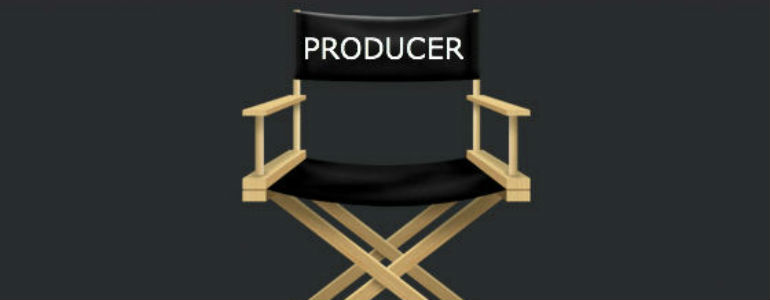“What does a press agent do?”
Here are a few answers to this reader’s question:
- Sends out press releases about the show (i.e. opening night, cast changes, dreaded “final weeks”, etc.)
- Extends invitations to all of the critics and coordinates their tickets (There is always a debate as to where to put “you-know-who” – which side of the house is best, who is sitting next to Him, etc.)
- Pitches feature stories on the show, the actors, the creators, to various publications and media outlets.
And there are a zillion other things that the good Press Agents do.
But all of those things can be summed up in this beautiful quote I heard today from one of my favorite marketers in the biz, Scott Moore. Scott was the key man behind building the Chicago marketing machine, and was also the first Company Manager I ever worked for on the first, non-reality show, revival of Grease (we bonded over chicken McNuggets).
This afternoon, in a discussion about the development of art for a show, a debate emerged over just how much about a show could be depicted in a logo. Does that drawing of young Cosette really tell the story of Les Miz? What does that blue haired albino really say about the struggles of Tracy in Hairspray? (No one can argue that these are great logos.)
Scott’s believes that although we should try and get as much across as possible in the art, that we have to be realistic in how much we can expect that art to communicate.
Then he said, “I believe it’s a press agent’s responsibility to fill any holes left by the art.” (I’m slightly paraphrasing, because I loved the statement so much that I was in quote-shock and forgot to write it down.)
There is only so much you can expect your logo to accomplish. Print advertising just juices word of mouth and reminds people of something that they heard about or read about in a word of mouth or editorial context (unless it’s the announcement of a major star, etc.)
I think about it this way. All art is really black and white. The press agent is the one that gets the stories about the actors, the writers, why the show is relevant, etc.
The press agent puts the context . . . and the color . . . into the art.
Podcasting
Ken created one of the first Broadway podcasts, recording over 250 episodes over 7 years. It features interviews with A-listers in the theater about how they “made it”, including 2 Pulitzer Prize Winners, 7 Academy Award Winners and 76 Tony Award winners. Notable guests include Pasek & Paul, Kenny Leon, Lynn Ahrens and more.















